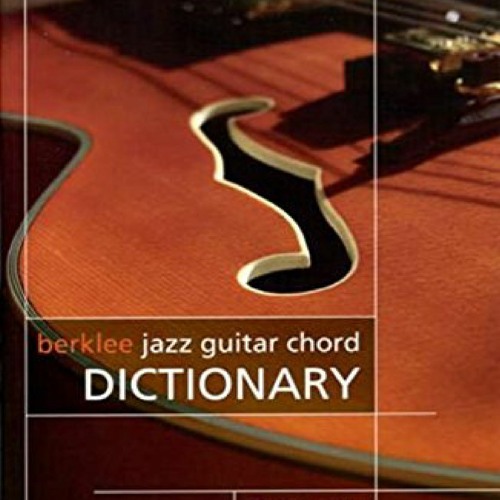


Miles Davis plugs in Īs members of Miles Davis's band, Chick Corea and Herbie Hancock played electric piano on Filles de Kilimanjaro. Rahsaan Roland Kirk performed with Jimi Hendrix at Ronnie Scott's Jazz Club in London. The jazz label Verve released the first album ( Freak Out) by rock guitarist Frank Zappa in 1966. Flautist Jeremy Steig experimented with jazz in his band Jeremy & the Satyrs with vibraphonist Mike Mainieri.

Lloyd adopted the trappings of the California psychedelic rock scene by playing at the rock venue the Fillmore West, wearing colorful clothes, and giving his albums titles like Dream Weaver and Forest Flower, which were bestselling jazz albums in 1967. Charles Lloyd played a combination of rock and jazz at the Monterey Jazz Festival in 1966 with a quartet that included Keith Jarrett and Jack DeJohnette. The pioneers of fusion emphasized exploration, energy, electricity, intensity, virtuosity, and volume. Burton produced the album Tomorrow Never Knows for Count's Jam Band, which included Coryell, Mike Nock, and Steve Marcus, all of them former students at Berklee College in Boston.
Berklee rock guitar chord dictionary free#
After the Free Spirits, Coryell was part of a quartet led by vibraphonist Gary Burton, releasing the album Duster with its rock guitar influence.

That same year DownBeat began to report on rock music. Guitarist Larry Coryell, sometimes called the godfather of fusion, referred to a generation of musicians who had grown up on rock and roll when he said, "We loved Miles but we also loved the Rolling Stones." In 1966 he started the band the Free Spirits with Bob Moses on drums and recorded the band's first album, Out of Sight and Sound, released in 1967. AllMusic states that "until around 1967, the worlds of jazz and rock were nearly completely separate". When John Coltrane died in 1967, rock was the most popular music in America, and DownBeat magazine went so far as to declare in a headline that: "Jazz as We Know It Is Dead". Rather than being a codified musical style, fusion can be viewed as a musical tradition or approach. Fusion albums, even those that are made by the same group or artist, may include a variety of musical styles. Experimentation continued in the 1990s and 2000s. After a decade of popularity during the 1970s, fusion expanded its improvisatory and experimental approaches through the 1980s in parallel with the development of a radio-friendly style called smooth jazz. The term "jazz rock" is sometimes used as a synonym for "jazz fusion" and for music performed by late 1960s and 1970s-era rock bands that added jazz elements to their music. A jazz fusion band is less likely to use piano and double bass, and more likely to use electric guitar, electric piano, synthesizers, and bass guitar. These arrangements, whether simple or complex, typically include improvised sections that can vary in length, much like in other forms of jazz.Īs with jazz, jazz fusion can employ brass and woodwind instruments such as trumpet and saxophone, but other instruments often substitute for these. Others use elaborate chord progressions, unconventional time signatures, or melodies with counter-melodies. Some employ groove-based vamps fixed to a single key or a single chord with a simple, repeated melody. Jazz fusion arrangements vary in complexity. Electric guitars, amplifiers, and keyboards that were popular in rock and roll started to be used by jazz musicians, particularly those who had grown up listening to rock and roll. Jazz fusion (also known as fusion, jazz rock, and progressive jazz ) is a popular music genre that developed in the late 1960s when musicians combined jazz harmony and improvisation with rock music, funk, and rhythm and blues.


 0 kommentar(er)
0 kommentar(er)
